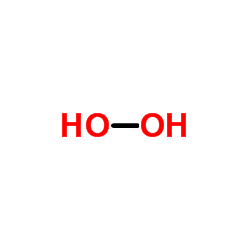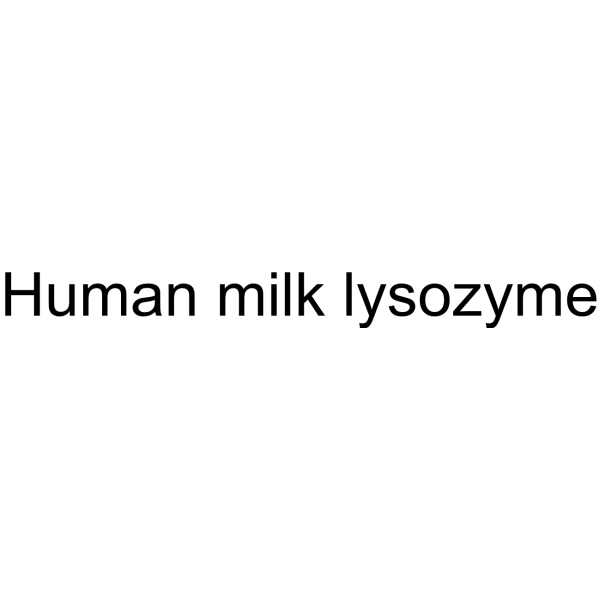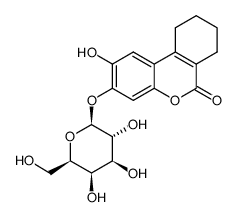| 结构式 | 名称/CAS号 | 全部文献 |
|---|---|---|
 |
过氧化氢
CAS:7722-84-1 |
|
 |
溶菌酶
CAS:12671-19-1 |
|
 |
3,4-环己烯内脂β-D-吡喃半乳糖苷
CAS:182805-65-8 |